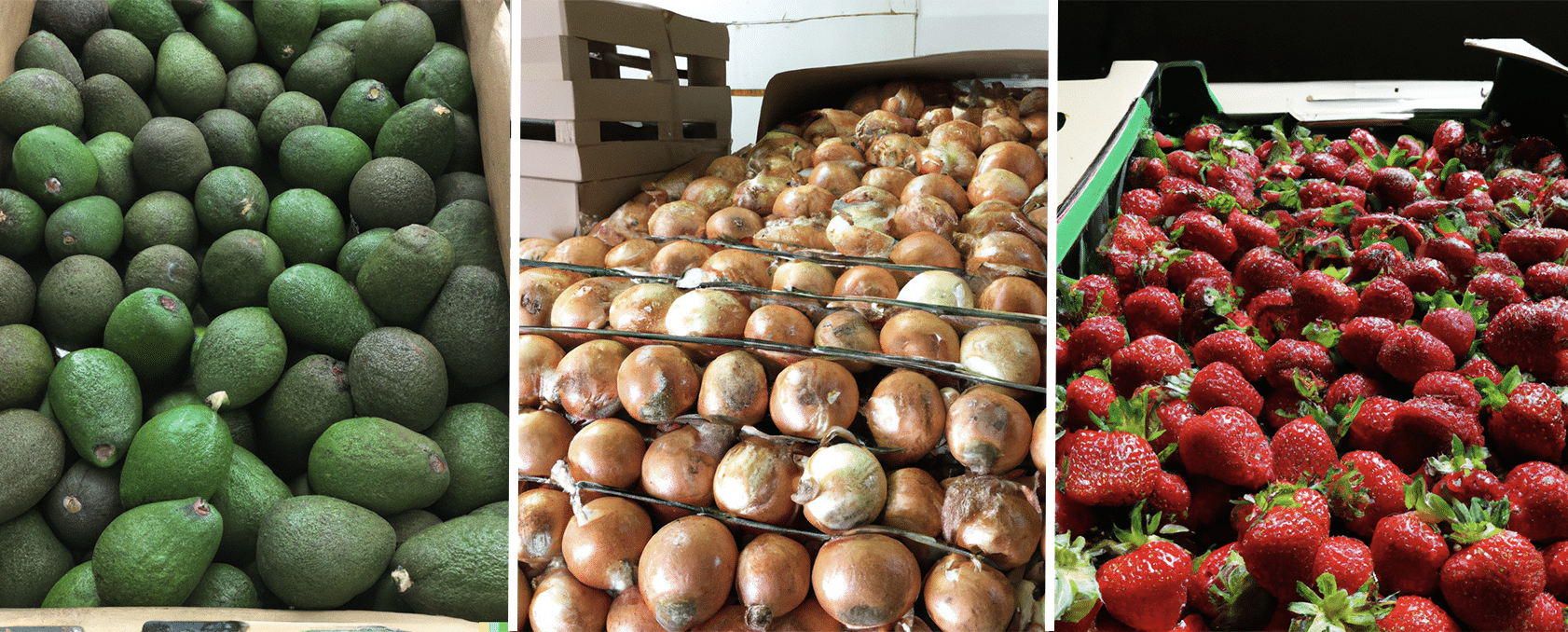Ordering and receiving inventory are critical tasks for any restaurant. It involves ensuring that the restaurant has enough ingredients and supplies to meet customer demand while also minimizing cost and waste. Here are some tips for restaurant managers to optimize their inventory ordering, receiving, and food storage processes.
Track Inventory Levels
The first step in ordering inventory is to know your current inventory levels. This will help you identify when you need to place an order and prevent over or under ordering. Most restaurant management software has built-in inventory tracking, alerting you when you need to reorder.
Plan Ahead for Changes in Inventory Needs
To avoid last-minute rush orders, it’s important to plan ahead and order your inventory in advance. This will help you avoid delays in receiving your supplies and ensure that you have everything you need to operate your restaurant.
Your inventory needs won’t remain the same throughout the year. Maybe you host viewing parties for Sunday football, or a weekly trivia night where bar orders skyrocket. You should build these recurring events into inventory planning.
Special events aside, forecasting for any changes the following quarter are and important part of inventory planning. Consider circumstances that could impact your future sales, like economic conditions, opening of local competition, events, and even things like weather.
Establish & Maintain Good Supplier Relationships
Developing a good relationship with your vendors is always beneficial for your restaurant. It can help you negotiate better prices, receive discounts, and even delivery priority. It’s also useful to have a backup supplier in case of any significant price change or inventory shortages with your primary vendor. Big and small restaurants alike use primary and secondary supplies for several non-proprietary food items for this very reason.
Check Inventory Quality
Before accepting any inventory, make sure to check each item’s quality. This can feel time-consuming, and while it’s not recommended to check every avocado for firmness, you and your team should take the time to inspect items for any damage, expiration dates, or signs of spoilage. If you receive any items that do not meet your quality standards, be sure to return them to the supplier immediately, same day. This prevents any discrepancy of fault with the order.
Verify Inventory Quantities
Just as with quality, ensuring you receive proper inventory numbers are important. Any discrepancy between the order received and the purchase order can have a have a huge impact on your food costs. Count the items and compare them to the order sheet to ensure that you received everything ordered. This will help you avoid shortages and prevent over or understocking.
It’s important to note that no vendor process is exactly the same, and that includes units. While there are certain industry standards, vendors have their own manufacturing processes that impact order quantity. The industry standard for a case of eggs is 30 dozen, however case sizes range from 12 dozen to 40 dozen depending on vendors. That’s a huge difference, and if overlooked, can impact everything from profit margins to storage process.
Consider Order Timing
The number of orders you place per week will vary based on your sales volume of sales and your available storage space. Figure out what works best for you. Do you need to bulk order dry goods, have seafood or other produce coming in every few days? These factors should determine your regular delivery schedule. The key to lowering your food costs is to keep your inventory as low as possible without running out of product.
Schedule Deliveries Wisely
Make sure your deliveries arrive as close as possible to when the first authorized person to sign for it is on site. Typically, between 8 11:00 a.m. is best (though you should consider having a specific delivery time window added to your contract during the next renewal). There’s nothing worse thana truck at the back dock when the restaurant is slammed. Venders sometimes offer “dark drops” outside your door for a discount. This is not recommended, because if nobody can check the order for accuracy and quality you may end up losing money.
Train & Empower your Staff
Properly trained staff can help you manage your inventory more efficiently and lower food costs. Train your staff to properly receive and store inventory, and how to use your restaurant management software. It’s also important to educate them on the importance of tracking inventory levels and avoiding waste.
This is all part of a larger philosophy in the restaurant, sometimes called “open book management” or “open book financing.” Bringing employees into more decision-making processes where they can make an impact — beyond just offering good customer service or getting through their shift — creates a restaurant culture where employees feel more valued and satisfied with their careers and are more likely to stay with your company.
Rotate Inventory
To prevent spoilage and waste, make sure to properly rotate your inventory. Use the “first in, first out” (FIFO) method to ensure that older items are used before newer items. This will help reduce waste.
Conclusion
Proper inventory management is crucial to the success and growth of any restaurant. This will help you maintain a consistent supply of quality ingredients and supplies while also minimizing waste and managing costs. By keeping track of inventory levels, planning ahead, establishing relationships with suppliers, checking the quality and quantity of inventory, training staff, and rotating inventory, you can optimize your inventory ordering and receiving processes to ensure growth margins.



